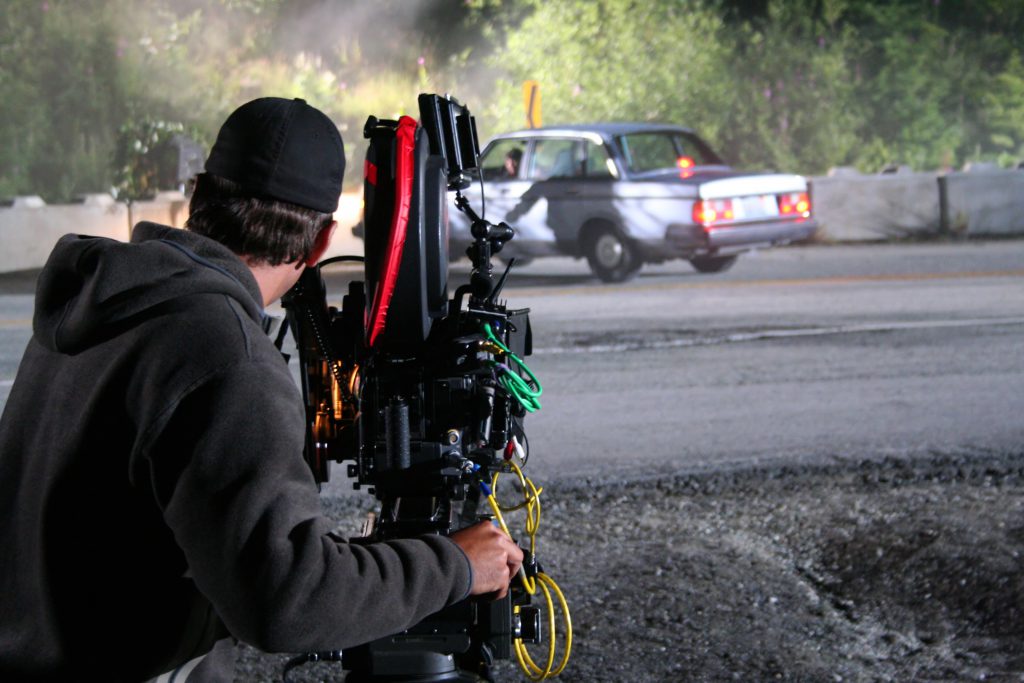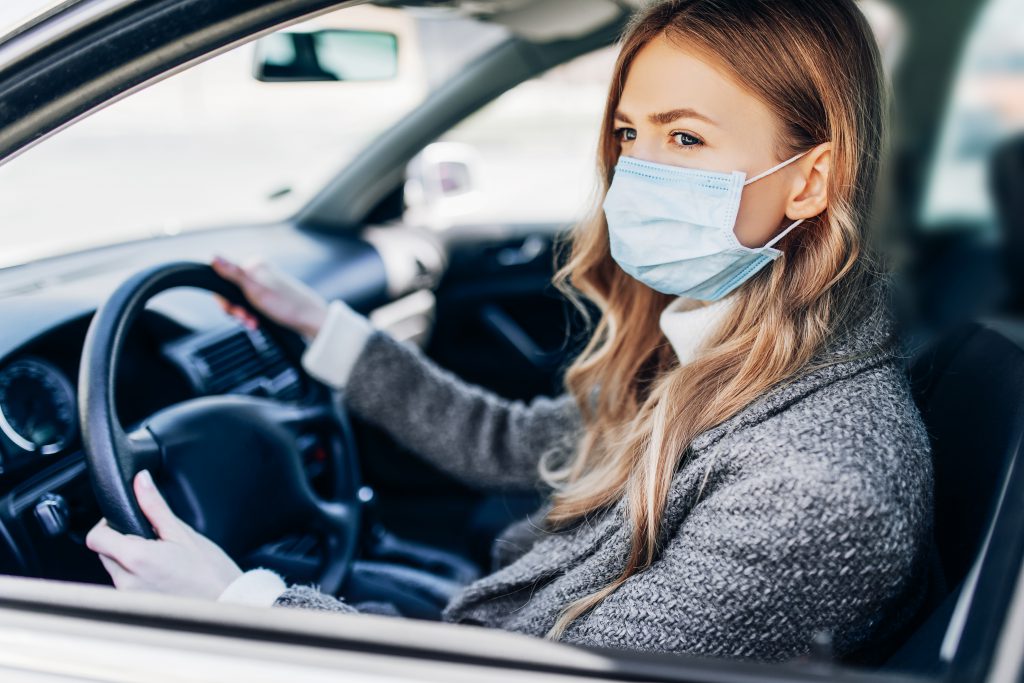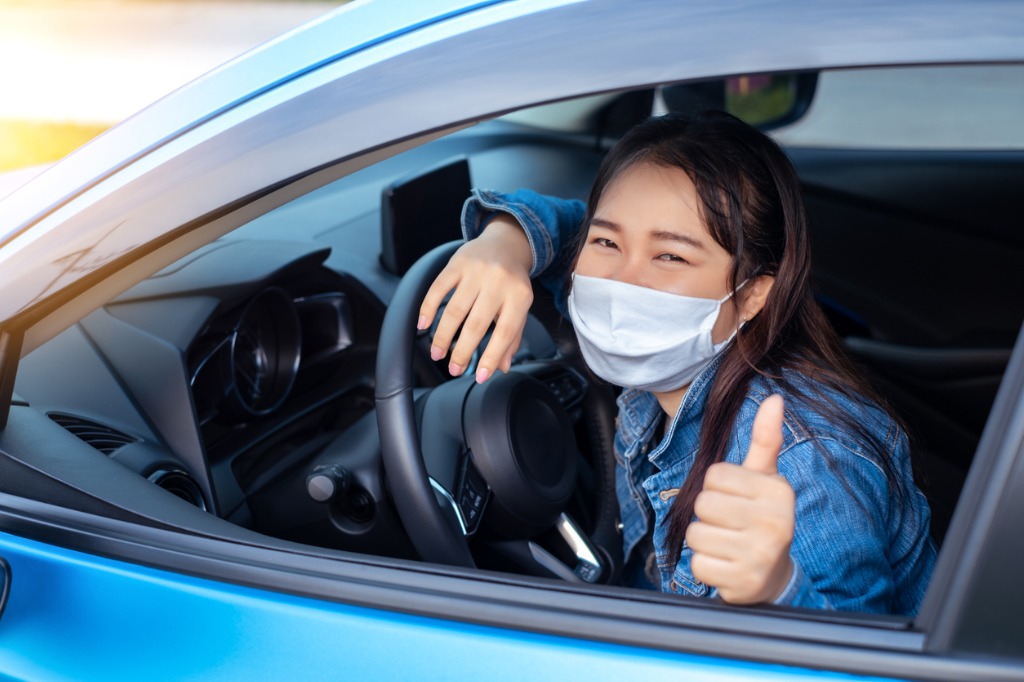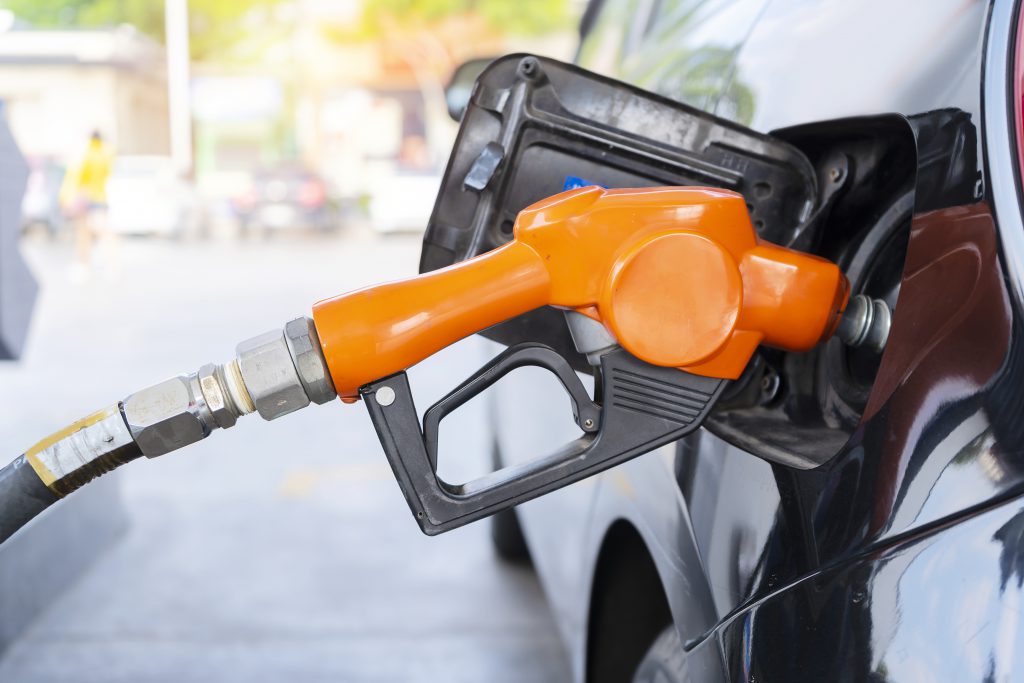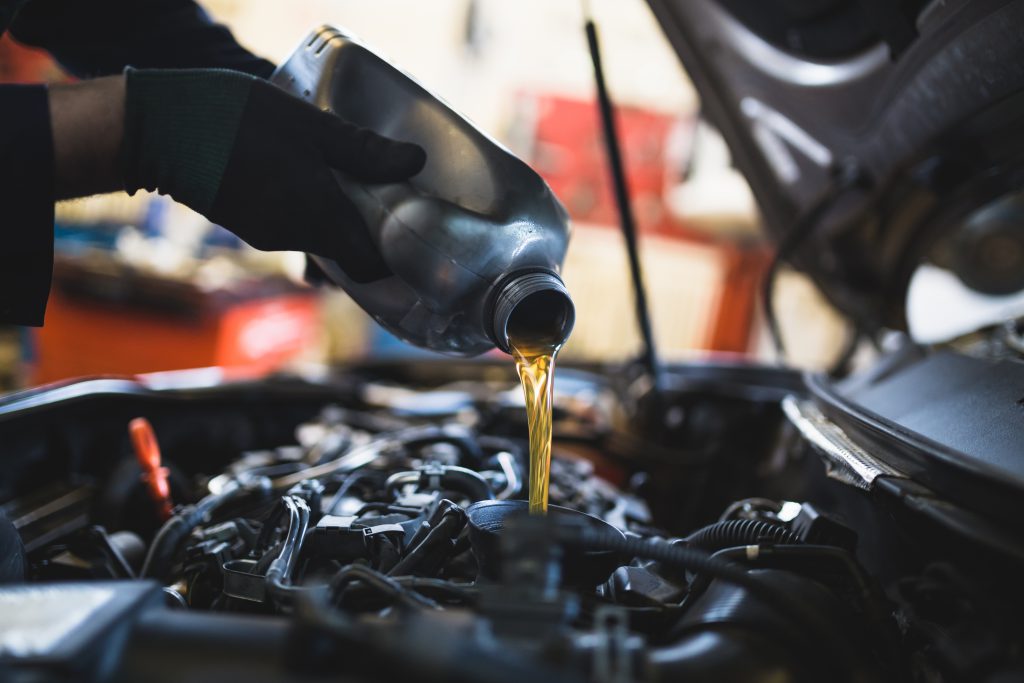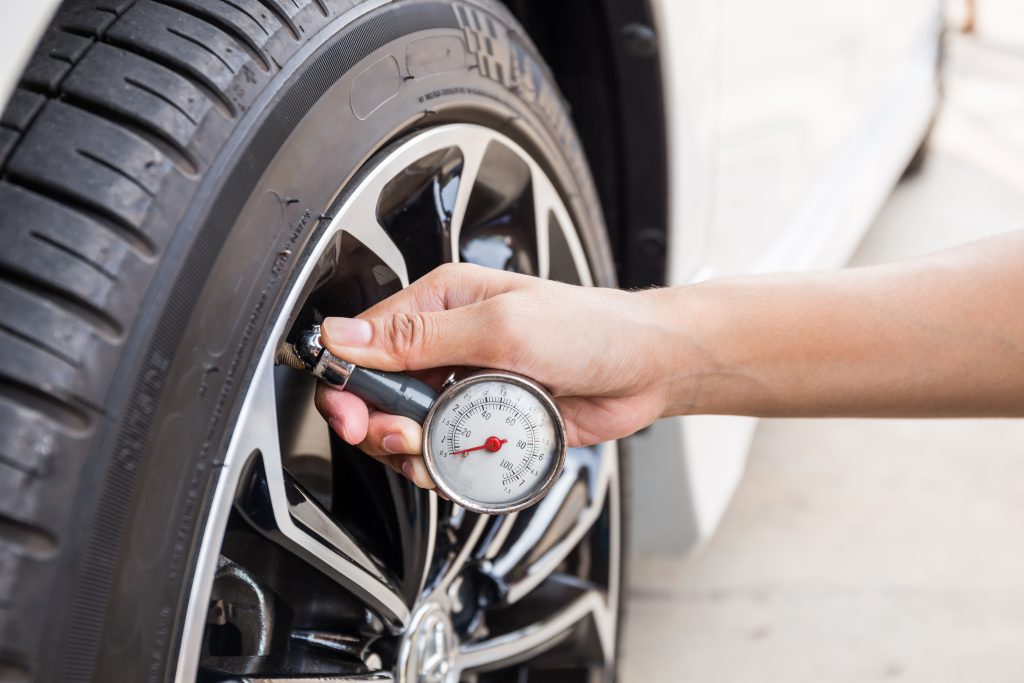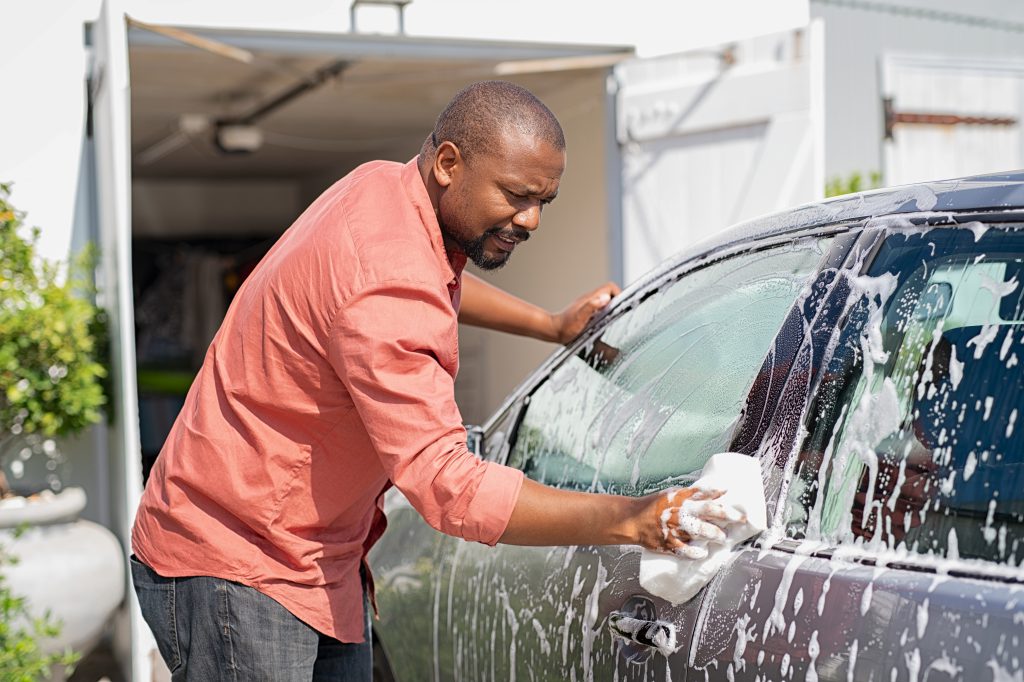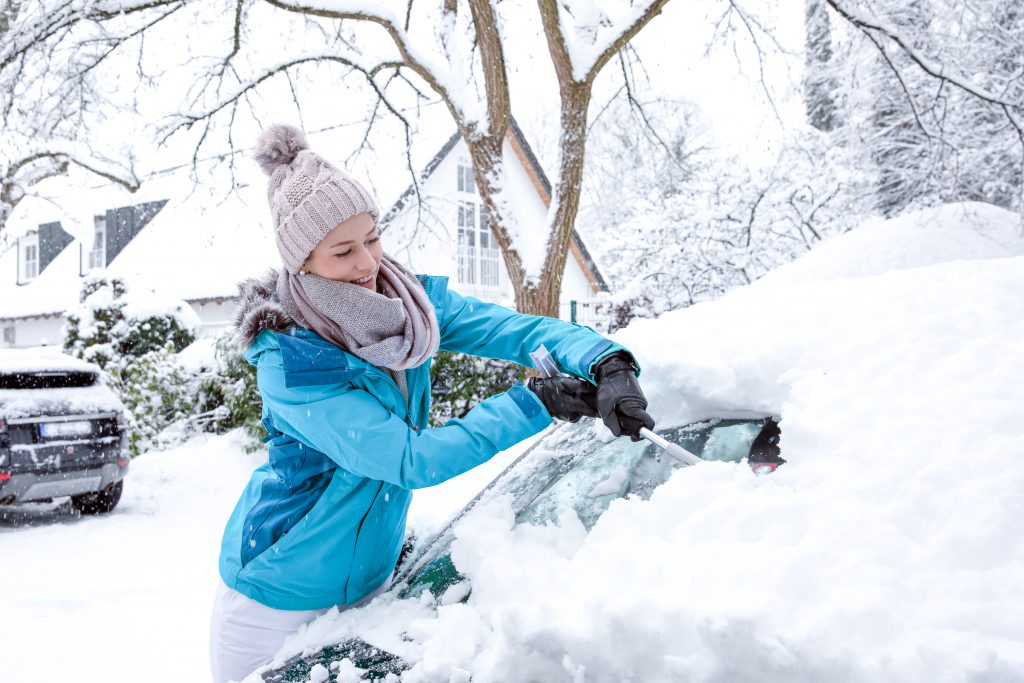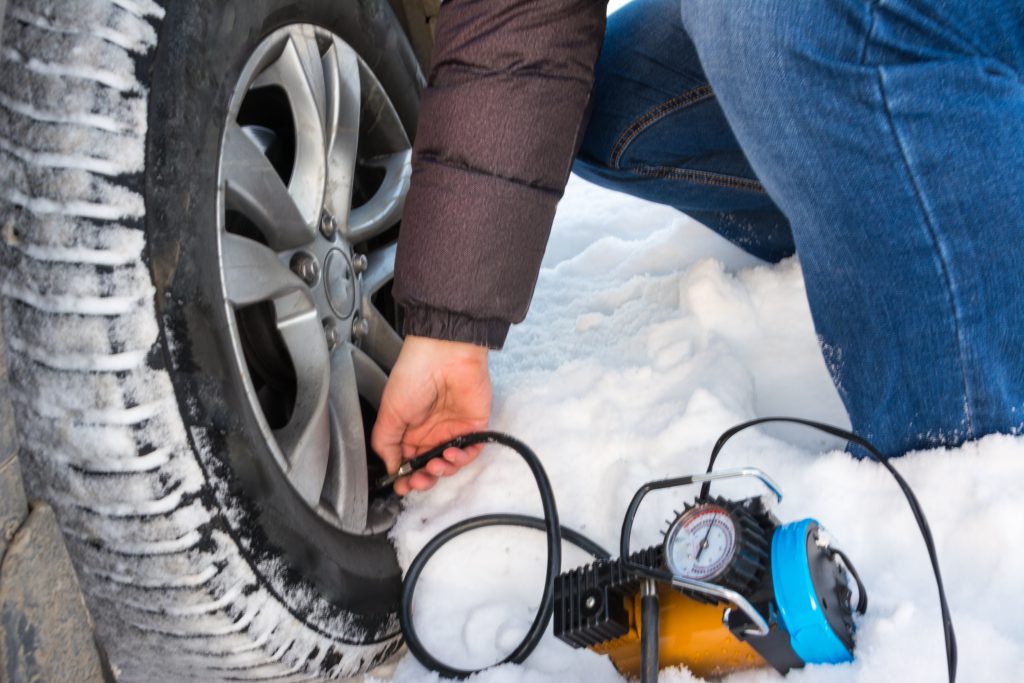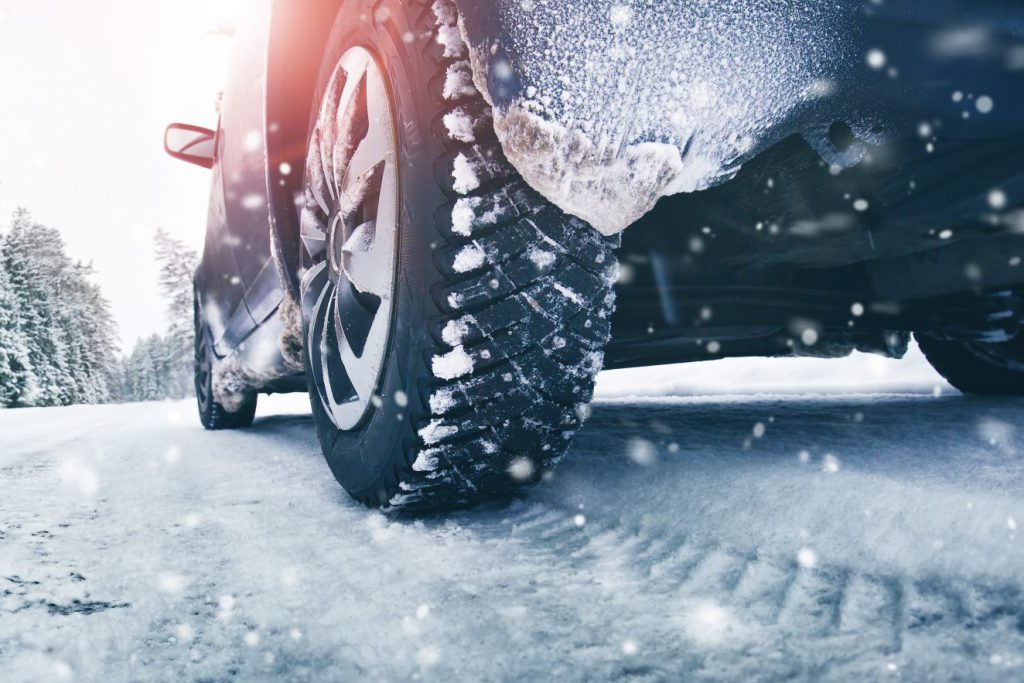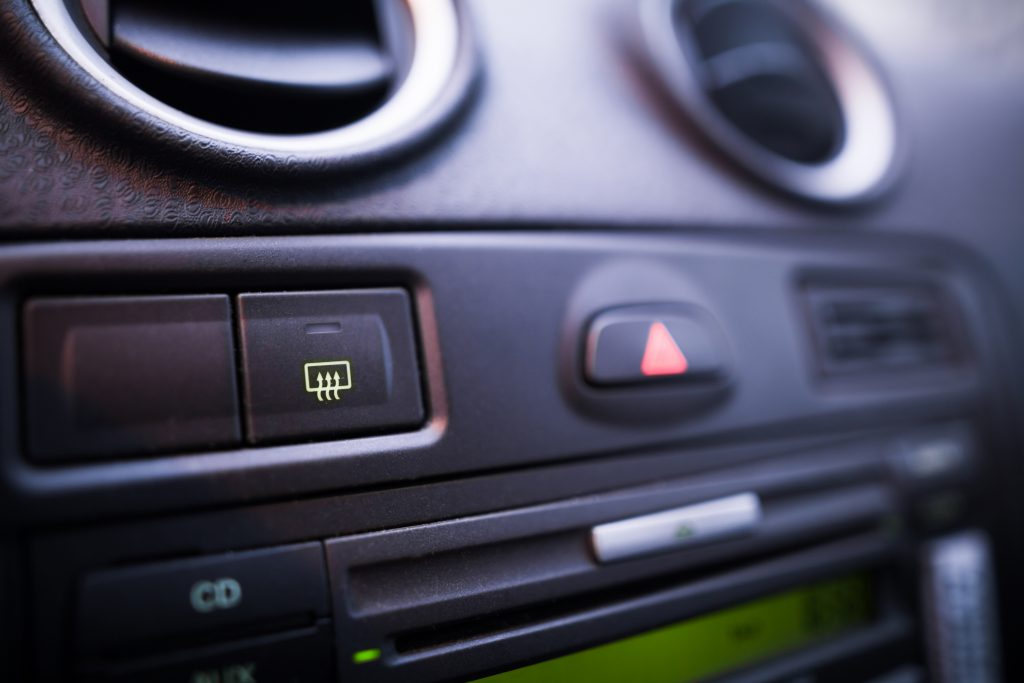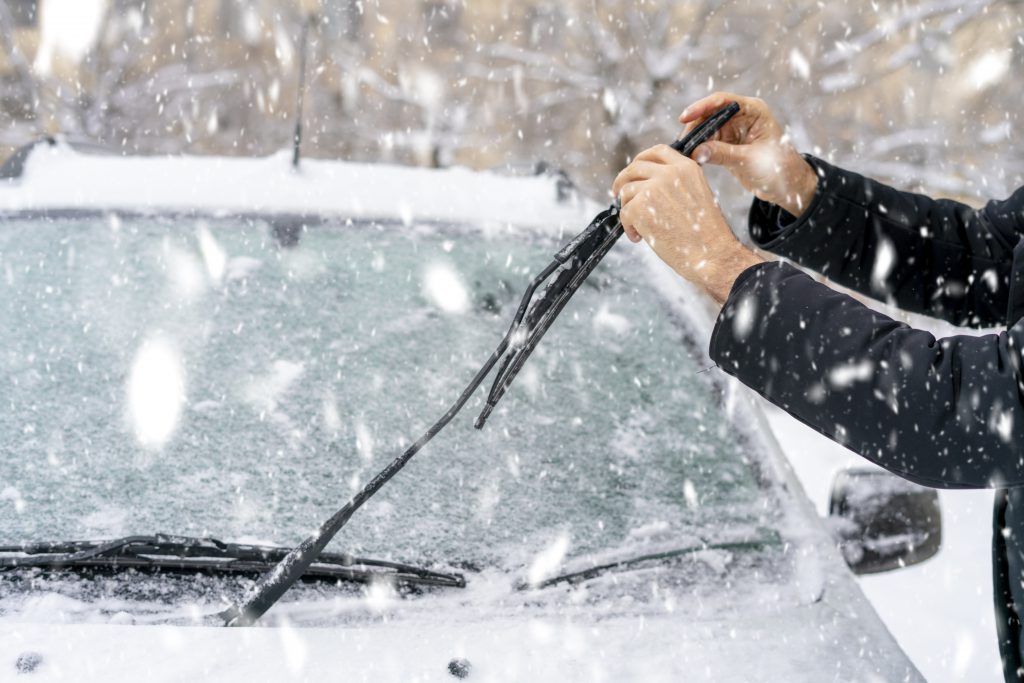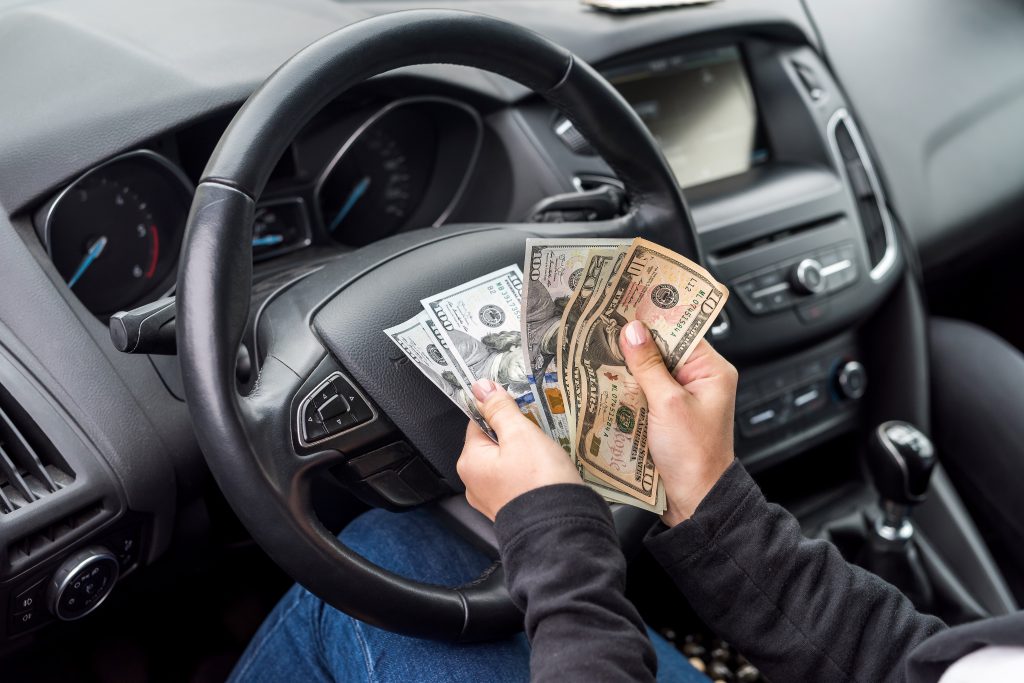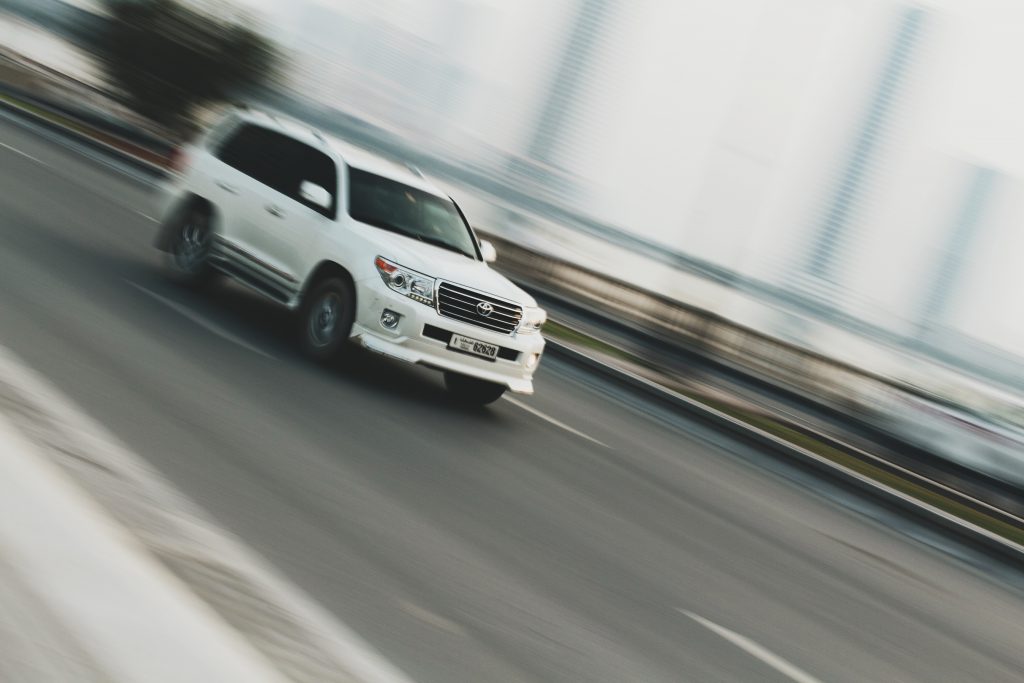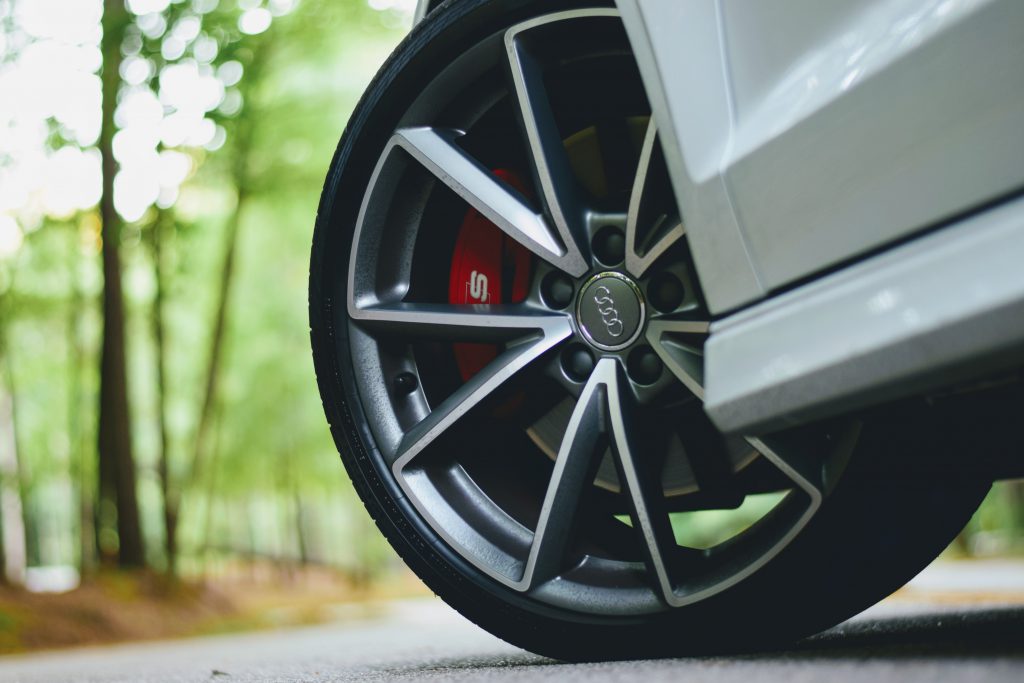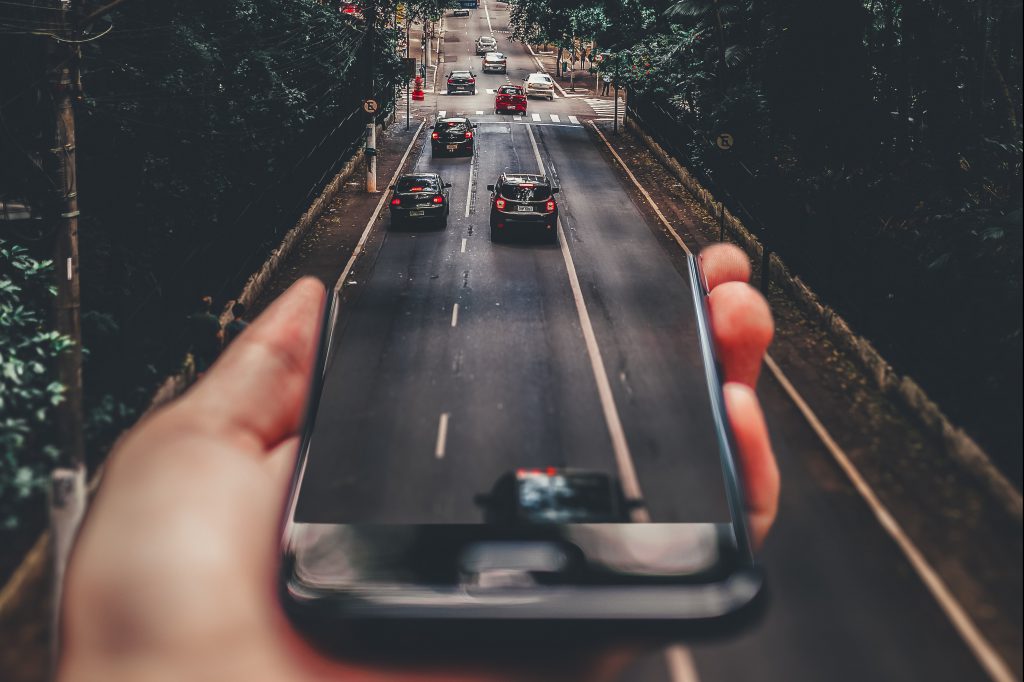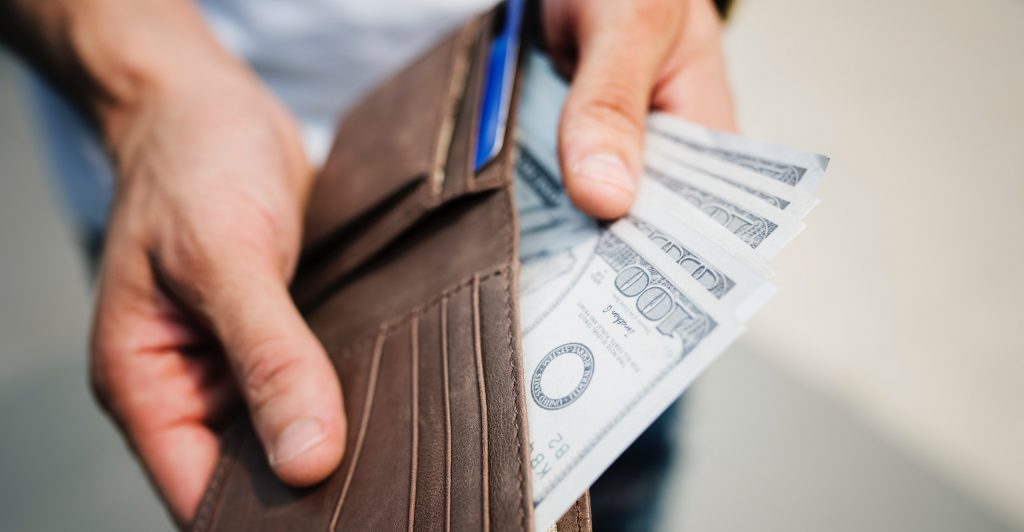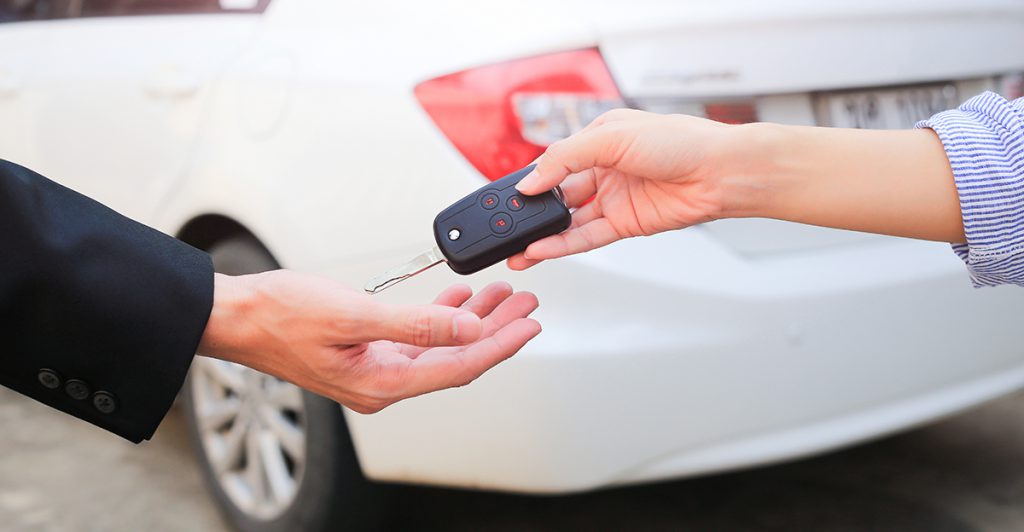The Top 15 Most Memorable Movie Cars

The Top 15 Most Memorable Movie Cars
Whether you own, lease, or simply ride share, cars undoubtedly play a crucial part in our daily lives by getting us where we need to go. With how essential cars are, it is no surprise that cars appear throughout all forms of entertainment, including television shows, music, videogames, books, and movies. While its common to see a car on the big screen at your local movie theater, it is less common that the car becomes one of the most memorable parts of a film. There are many different reasons a car can be the star of the show. The movie could be about the car, meaning the plot revolves around it or that the car is personified through sounds and expressions to covey emotion. Sometimes a movie just features a really cool car. Here are our top 15 most memorable movie cars (in alphabetical order):
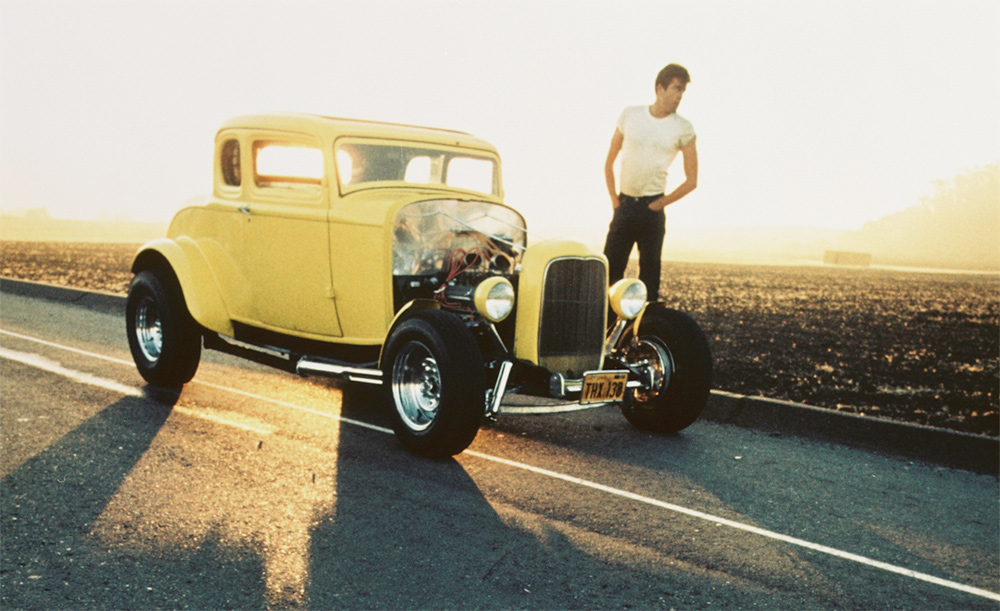
1. American Graffiti (1973) – 1932 Ford Coupe
(Photo credit: Universal Pictures)
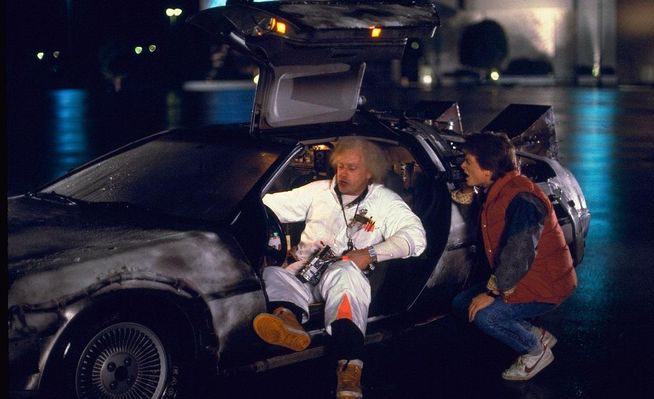
2. Back to the Future (1985) – 1981 DeLorean DMC-12
(Photo credit: Universal Pictures)
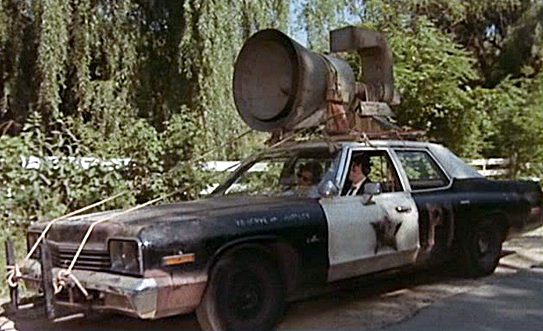
3. The Blues Brothers (1980) – Bluesmobile, 1974 Dodge Monaco
(Photo credit: Universal Pictures)

4. The Dark Knight Trilogy (2005, 2008 & 2012) – Batmobile
(Photo credit: Warner Bros.)
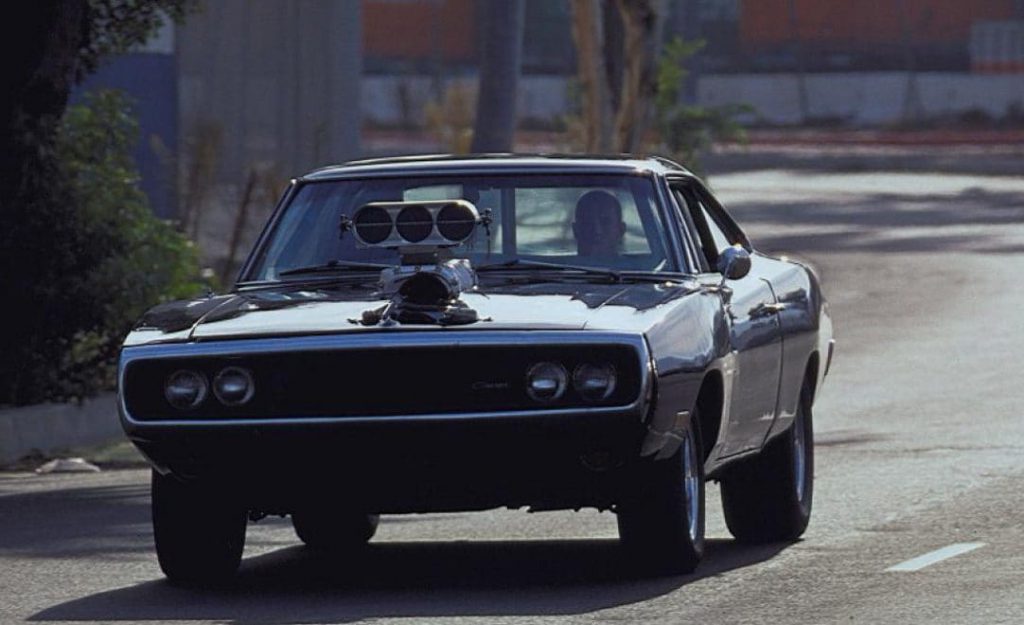
5. The Fast and the Furious (2001) – 1970 Dodge Charger
(Photo credit: Universal Pictures)
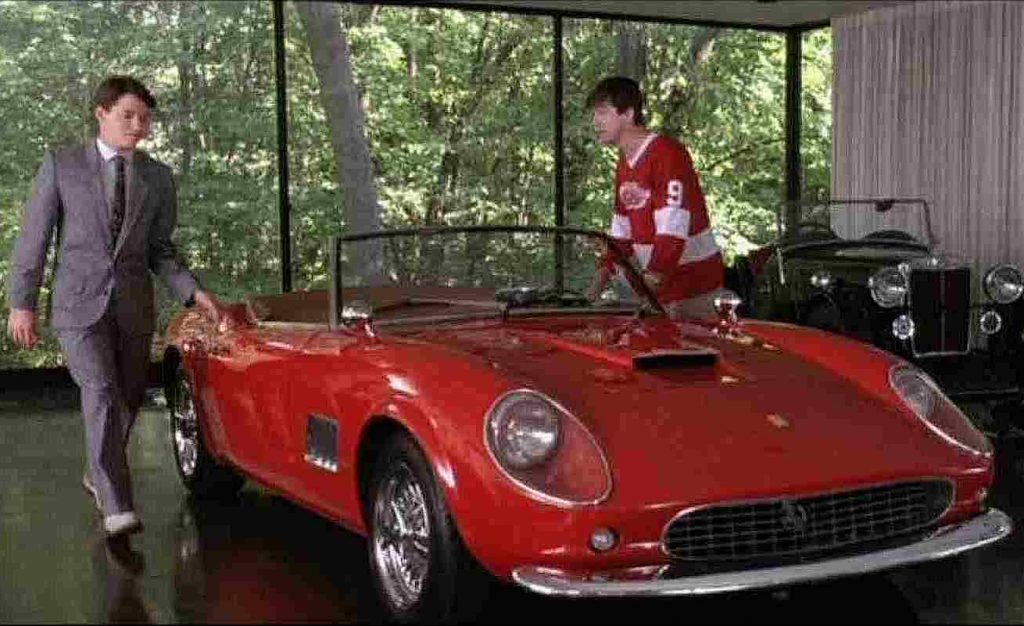
6. Ferris Bueller’s Day Off (1986) – 1985 Modena GT Spyder California
(Photo credit: Paramount Pictures)
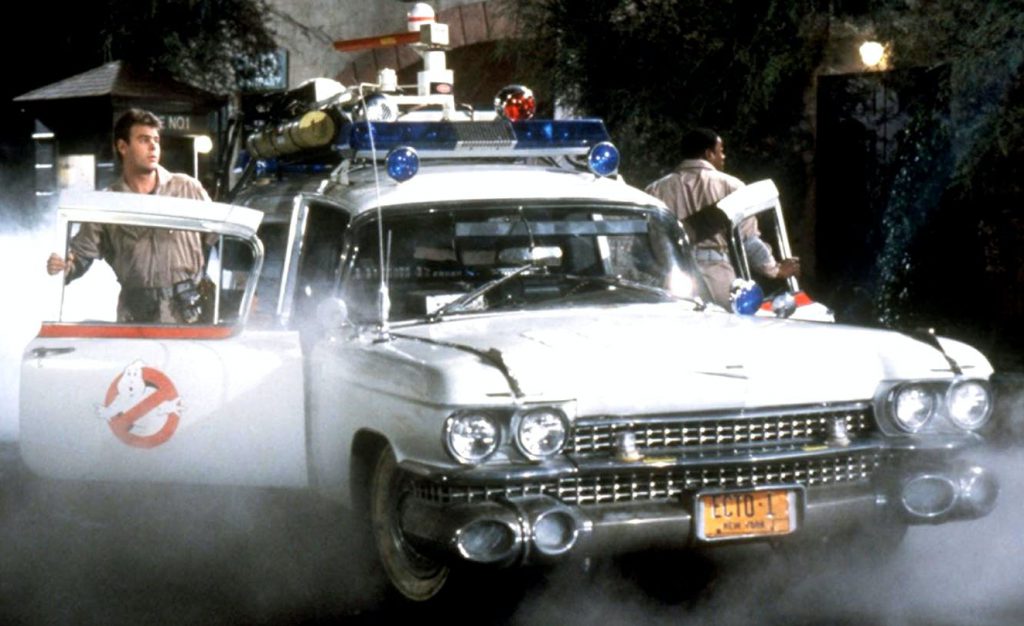
7. Ghostbusters I & II (1984 & 1989) – Ectomobile, 1959 Cadillac Miller-Meteor
(Photo credit: Columbia Pictures)

8. Grease (1978) – Greased Lightning, 1948 Ford De Luxe Convertible
(Photo credit: Paramount Pictures)
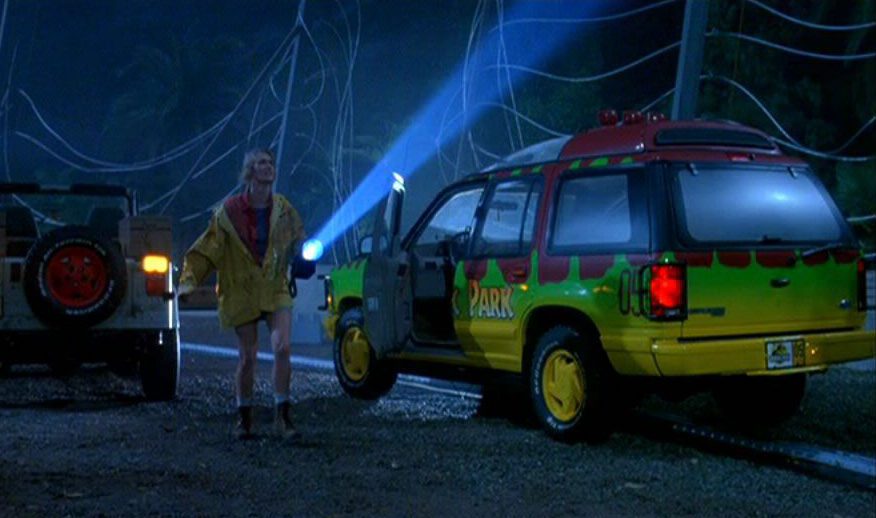
9. Jurassic Park (1993) – 1992 Ford Explorer XLT UN46
(Photo credit: Universal Pictures)
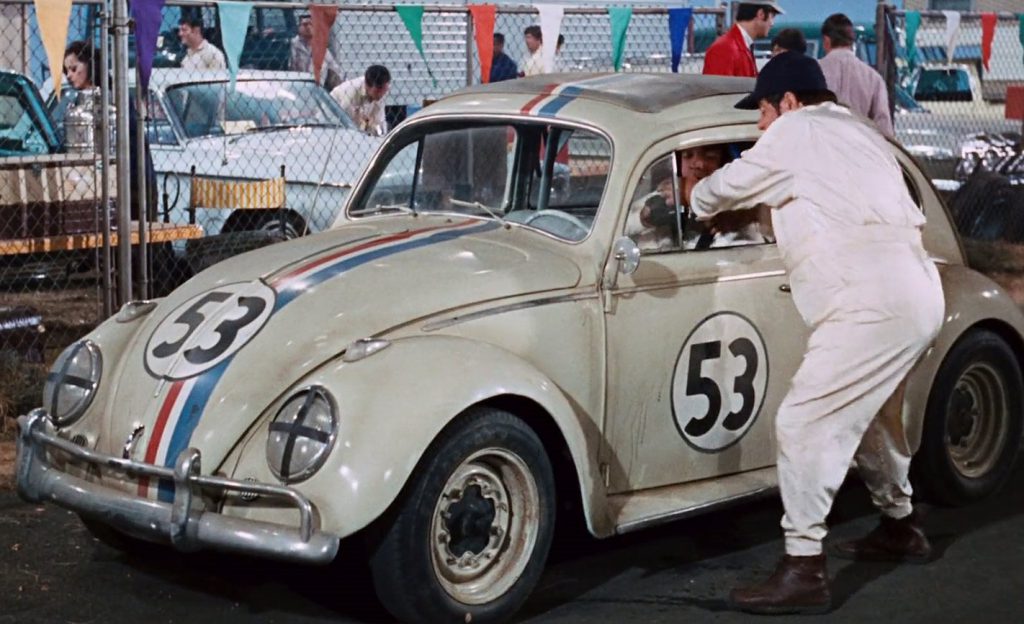
10. The Love Bug (1968) – Herbie, 1963 Volkswagen Beetle Model 117 Deluxe Sunroof Sedan
(Photo credit: Walt Disney Productions)
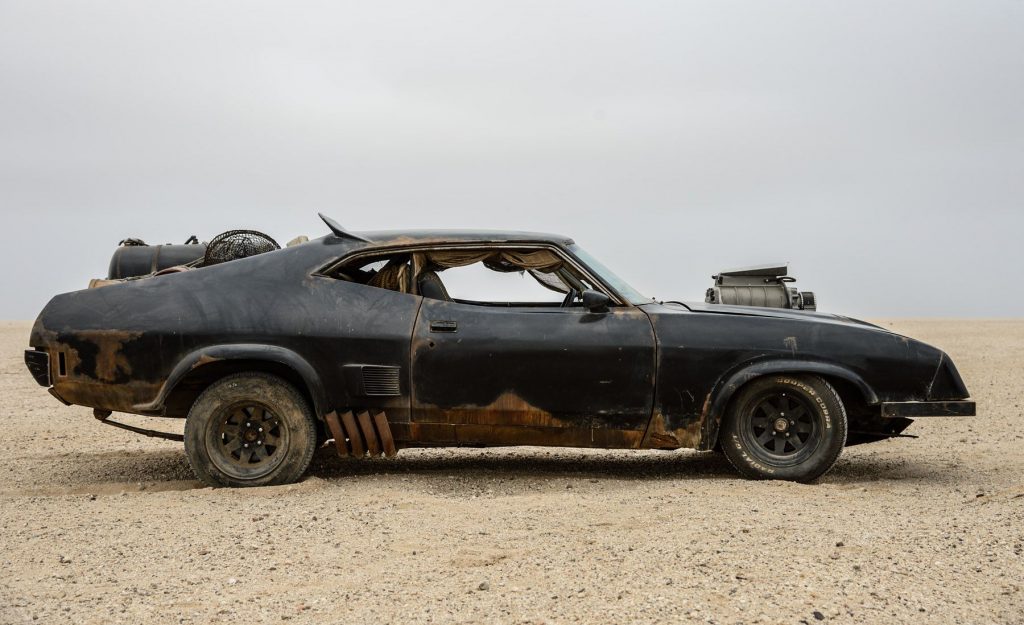
11. Mad Max (1979) – 1973 XB GT Ford Falcon
(Photo credit: Kenny Miller Productions)
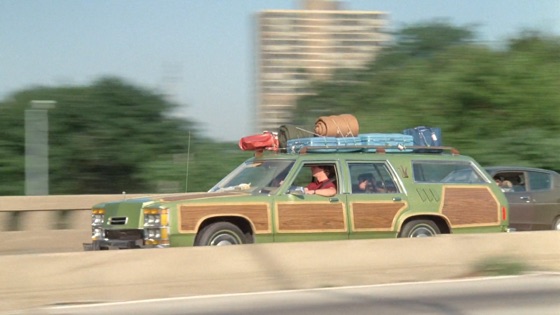
12. National Lampoon’s Vacation (1983) – 1979 Ford LTD Country Squire
(Photo credit: Warner Bros.)
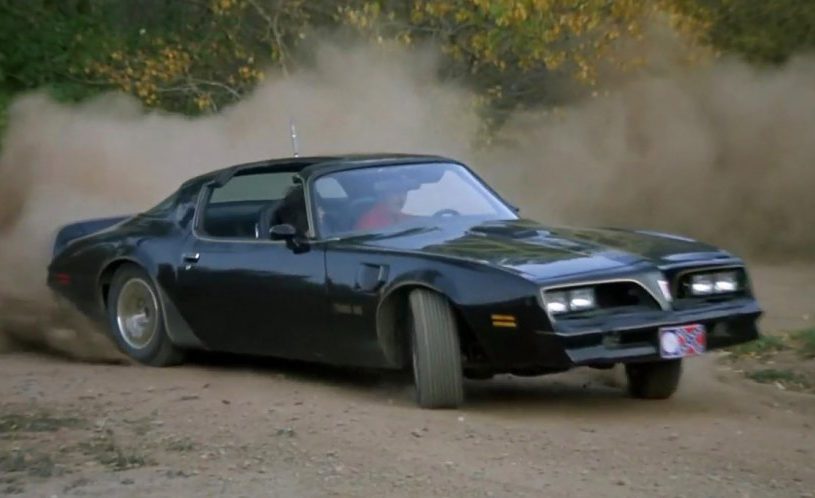
13. Smokey and the Bandit (1977) – 1977 Pontiac Trans AM
(Photo credit: Universal Pictures)
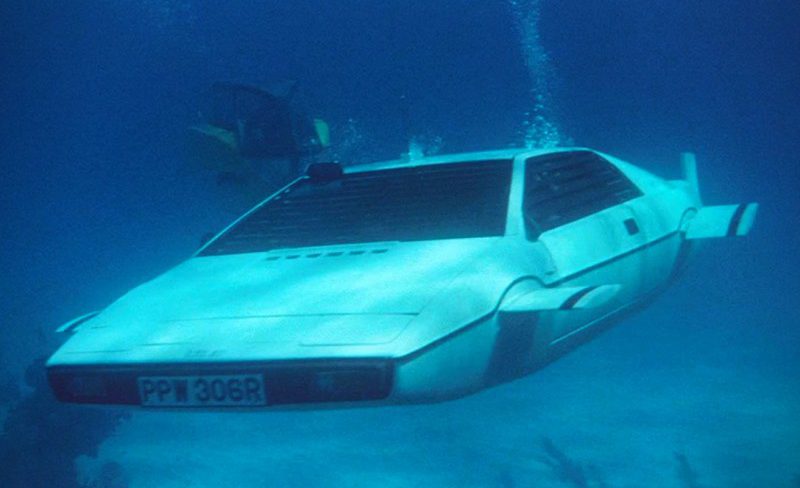
14. The Spy Who Loved Me (1977) – 1976 Lotus Esprit Series I
(Photo credit: Eon Productions)
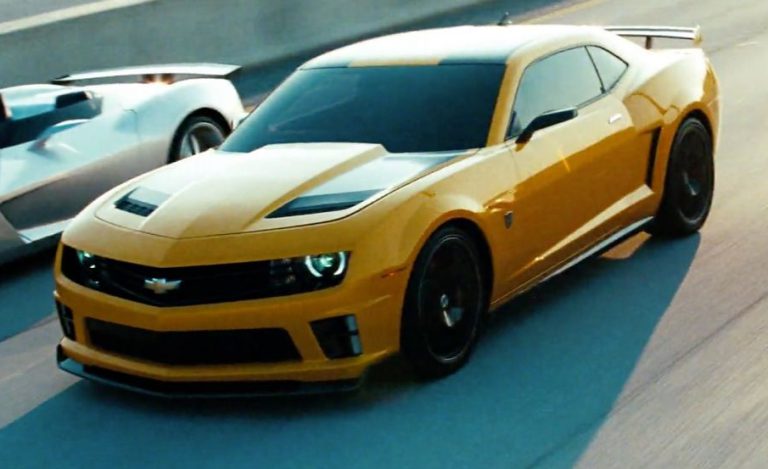
15. Transformers: Dark of the Moon (2011) – Bumblebee, 2010 Chevrolet Camaro
(Photo credit: Paramount Pictures)
Honorable Mention:
• 2 Fast 2 Furious (2003) – Nissan Skyline R34 GT-R
• Bullitt (1968) – 1968 Mustang GT 390
• Chitty Chitty Bang Bang (1968)
• Dumb and Dumber (1994) – The Shaggin’ Wagon, 1984 Ford Econoline
• Goldfinger (1964) – 1964 Aston martin DB5
• Kill Bill Vol. 1 (2003) – 1997 Chevrolet C-2500 Silverado Fleetside
• Little Miss Sunshine (2006) – 1971 Volkswagen T2 Microbus
• Mad Max: Fury Road (2015) – The Gigahorse
• Scooby-Doo (2002) – Mystery Machine, 1972 Ford E200 Econoline Van
• Thelma & Louise (1991) – 1966 Ford Thunderbird
The Top 15 Most Memorable Movie Cars Read More »
